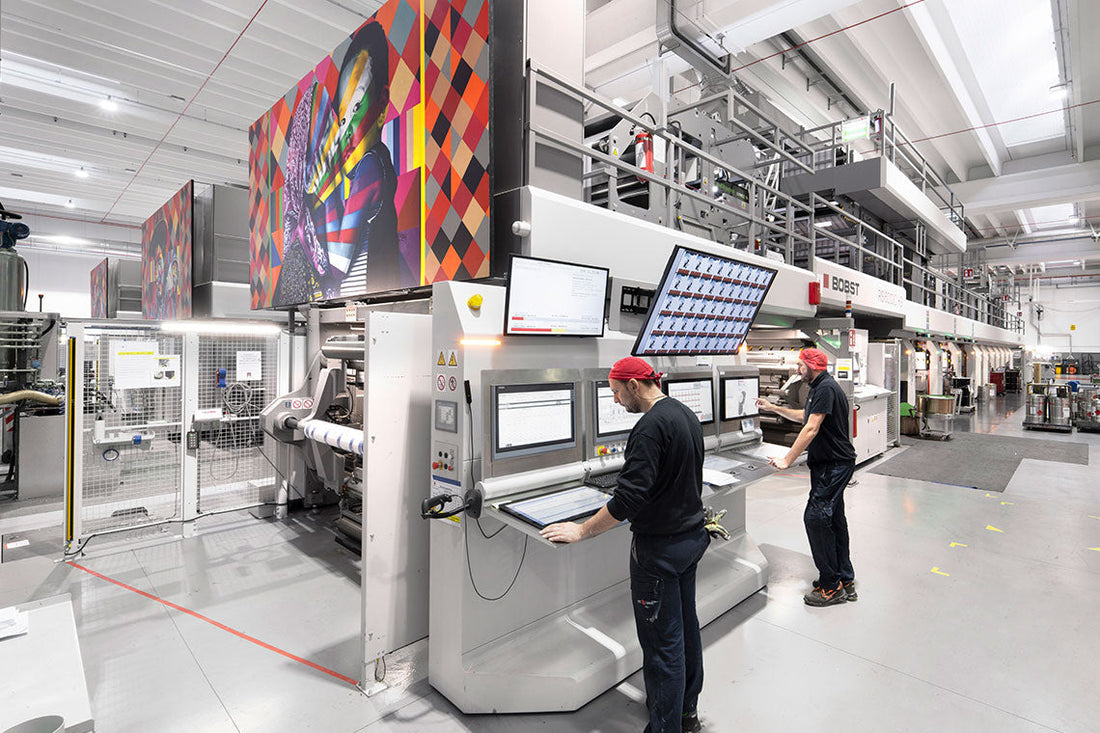In today’s fast-paced world, flexible packaging has revolutionized the way food and pharmaceutical products are stored, transported, and delivered. Lightweight, versatile, and cost-effective, flexible packaging offers excellent protection and convenience. However, the integrity of these packages is paramount any leaks can compromise product safety, shelf life, and regulatory compliance. That’s why flexible packaging inspection, particularly leak detection, is a critical step in maintaining the highest standards in food and pharmaceutical supply chains. This article explores the various leak testing methods, their suitability for flexible materials, and the precision needed to ensure flawless packaging performance.
Overview of Flexible Packaging Leak Testing
Leak detection in flexible packaging involves identifying breaches that could allow contaminants in or product contents out. These inspections safeguard product quality, prevent spoilage, and ensure consumer safety. Leak testing methods fall into two main categories:
- Standard techniques: Established, widely accepted methods often referenced by ASTM or DIN standards.
- Non-standard techniques: Innovative or manual approaches that may offer specific advantages in certain scenarios.
Leak testing plays a vital role in verifying packaging integrity before products reach consumers, helping manufacturers avoid costly recalls and maintain brand trust.

Comparison of Leak Testing Methods
Bubble Test (ASTM D3078 / F2096)
The bubble test is a simple, audible method where packages are submerged in water or exposed to a soap solution to detect escaping air bubbles. It detects leaks roughly ≥150 µm in size but is not quantitative and relies heavily on operator skill.
Pressure Decay (ASTM F2095)
This technique monitors the drop in pressure within a sealed package chamber over time. It offers moderate sensitivity but can be less effective for soft, flexible materials that deform under pressure, potentially masking leaks.
Flow Measurement / Mass Flow (DIN 55508‑1)
Highly accurate and quantitative, this method measures the flow rate of gas escaping through micro leaks. It is ideal for detecting very small leaks and is widely used for quality control in flexible packaging.
CO₂ Tracer Gas Test
Using CO₂ as a tracer gas, this manual test localizes leaks by detecting gas escaping from the package. It provides a simple pass/fail result but lacks quantitative data and is labor-intensive.
Helium Mass Spectrometer
The most sensitive method, helium detection can identify ultra-small leaks down to the angstrom level and pinpoint their exact location. This technique is invaluable for high-risk pharmaceutical packaging.
Dye Penetration Test
A low-cost, straightforward method where dye penetrates leaks to visually reveal breaches. It is not quantitative and best suited for packages with headspace.
Suitability for Flexible Packaging Materials
Flexible plastics pose unique challenges due to their elasticity and thinness. Here’s how each method fares:
- Bubble and dye tests work well for packages with sufficient headspace to allow bubble formation or dye penetration.
- Pressure decay can be affected by material deformation, reducing sensitivity.
- Flow measurement and helium mass spectrometry excel in detecting micro leaks (<500 µm) without being hindered by material flexibility.

Sensitivity and Precision of Testing
Detecting micro leaks is crucial to prevent contamination and product degradation:
| Method | Leak Size Sensitivity | Quantitative? | Notes |
|---|---|---|---|
| Bubble Test | ~150–250 µm | No | Simple but less precise |
| Pressure Decay | Moderate | Yes | Sensitive to material deformation |
| Flow Measurement | ~5–30 µm | Yes | Highly accurate for micro leaks |
| Helium Mass Spectrometer | Sub-micron (angstrom level) | Yes | Ultra-sensitive, locates leaks |
| Dye Penetration | Larger leaks only | No | Low cost, qualitative |
| CO₂ Tracer Gas | Moderate | No | Manual, pass/fail only |
For micro leak detection, flow measurement and vacuum decay (ASTM F2338) provide reliable quantitative data, while helium mass spectrometry offers unmatched sensitivity for the most demanding applications.
Industry Standards and Best Practices
Flexible packaging leak inspection adheres to several key standards that ensure consistency and reliability across the food and pharmaceutical industries. Relevant ASTM standards include:
- ASTM D3078 and F2096 for bubble testing procedures.
- ASTM F2095 for pressure decay testing.
- ASTM F2338 covering vacuum decay methods.
- ASTM F2391 related to flow measurement techniques.
Additionally, ISO 11607 provides comprehensive guidelines for packaging integrity specifically in pharmaceutical applications, while the FDA offers regulatory frameworks ensuring food and pharma packaging meets safety and quality requirements. Compliance with these standards is essential for maintaining product safety and meeting legal obligations.

Non-Destructive Testing Options
Non-destructive leak testing methods such as vacuum decay, flow measurement, helium mass spectrometry, and CO₂ tracer gas testing are favored for their ability to preserve package integrity during inspection. These methods can be seamlessly integrated into automated production lines, minimizing waste and maximizing product retention. This integration supports sustainable manufacturing practices by reducing the need for destructive sampling and lowering overall material loss.
Application in Production and Quality Control
In modern manufacturing, inline leak detection systems enable high-speed, real-time inspection of flexible packaging. Automated flow and vacuum decay tests are embedded directly into packaging lines, allowing for continuous quality control without slowing production. This early defect screening improves yield by identifying faulty packages before shipment, significantly reducing the risk of costly product recalls and enhancing overall operational efficiency.
Cost and Efficiency Considerations
When selecting a leak testing method, manufacturers must balance equipment costs, consumables, and testing speed:
- Bubble test: Low initial investment and easy implementation, suitable for moderate sensitivity needs.
- Flow measurement, pressure decay, and helium mass spectrometry: Require higher upfront costs but offer lower per-test expenses at scale, making them cost-effective for large production volumes.
Evaluating return on investment (ROI) is crucial, as automation and advanced leak detection technologies often lead to long-term savings through improved quality control and reduced waste.
Summary and Recommendations
| Leak Testing Method | Sensitivity | Quantitative | Suitability for Flexible Packaging | Standards Compliance |
|---|---|---|---|---|
| Bubble Test | ~150–250 µm | No | Packages with headspace | ASTM D3078, F2096 |
| Dye Penetration Test | Larger leaks | No | Simple, low-cost applications | Non-standard |
| Pressure Decay | Moderate | Yes | Less effective with soft materials | ASTM F2095 |
| Flow Measurement | ~5–30 µm | Yes | Micro leaks detection | ASTM F2391, DIN 55508-1 |
| Helium Mass Spectrometer | Sub-micron (angstrom) | Yes | Ultra-sensitive, locates leaks | Industry best practice |
Recommendations:
- For quick, qualitative leak detection, use bubble or dye tests.
- For precise, quantitative micro leak detection, flow measurement, helium mass spectrometry, or vacuum decay are preferred.
- For high-speed industrial applications, inline mass flow systems provide the best balance of speed and accuracy.
- To ensure compliance with food and pharmaceutical regulations, select ASTM and ISO-compliant methods.
11. Conclusion
Leak integrity in flexible packaging is critical to safeguarding product safety, extending shelf life, and meeting stringent regulatory standards in the food and pharmaceutical sectors. Employing the appropriate leak inspection method tailored to the packaging material and production environment ensures reliable quality control and consumer protection. For manufacturers seeking eco-friendly packaging solutions integrated with cutting-edge leak detection technologies, contacting kimecopak.ca offers expert guidance and innovative options to enhance packaging integrity and sustainability




